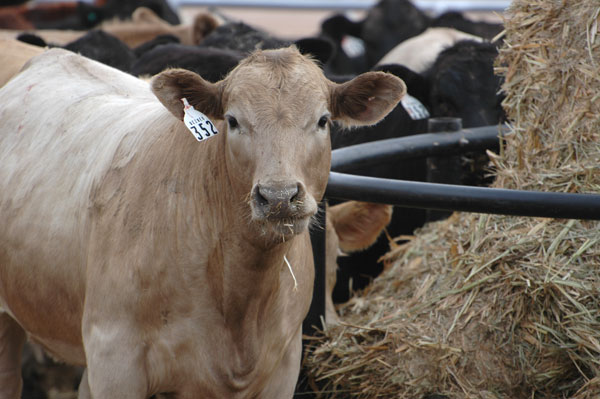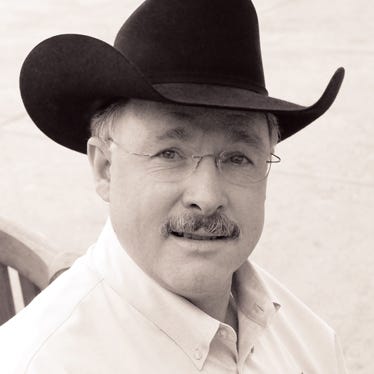Heavyweight cattle persist but show glimmers of improvement
According to the November Cattle on Feed report, 2.28 million head were placed in October, which was 4% less than a year earlier. Placement of cattle weighing more than 800 pounds was 30.2% of the mix.
November 27, 2015

“The trend for heavier-weight placements continued again in October,” says Kate Brooks, agricultural economist at the University of Nebraska, in the latest In the Cattle Markets. “All weight categories saw declining placement numbers compared to year ago, except the heavyweight category (800 pounds and over) which increased placements by 5.4%. Decent forage and pasture conditions throughout much of the U.S. has continued to be a major driver, allowing cattle to stay out of the feedlots longer and placing at heavier weights. Recent rains in the southern states have allowed for decent wheat pasture conditions. This trend for placing heavier cattle could continue for another couple of months.”
According to the November Cattle on Feed report, 2.28 million head were placed in October, which was 4% less than a year earlier. Placement of cattle weighing more than 800 pounds was 30.2% of the mix.
Analysts with USDA’s Economic Research Service (ERS) point out the increased proportion of heavier cattle entering the feedlot continues as overall placements declined year over year in eight of the last 10 months.
“In the past six months, total feedlot placements are 452,000 head less than the same period in 2014,” says Derrell Peel, Extension livestock marketing specialist at Oklahoma State University, in his weekly market comments. “While feedlot placements are expected to begin increasing in the coming months, it is clear that feedlot numbers will remain tight through the first half of 2016.”
According to Peel, average steer carcass weights are about 10 pounds lighter than their peak in mid-October at 930 pounds. Average heifer carcass weights are about 4 pounds lighter at 845 pounds.
“The bad news is that cleaning up the backlog of heavy cattle dumped a lot of beef into the market that will be factor for the remainder of the year,” Peel explains. “Feedlots are still struggling with poor margins (see “Cattle feeders are enduring record losses”) and still have an incentive to push weights. Hopefully, the lessons from last fall about the consequences of pushing weights too far are still top of mind. Winter weather may help impose some discipline on cattle weights as well. In addition, the recent adjustments down in feeder prices should encourage feedlots to move heavy cattle and replace them on a more timely basis.”
You might also like:
13 new utility tractors for the ranch in 2015
Crunch the numbers before you buy those heifers
5 tips for managing feed intake in calves
What's the secret of a profitable cow? Burke Teichert shares
About the Author(s)
You May Also Like




.png?width=300&auto=webp&quality=80&disable=upscale)
